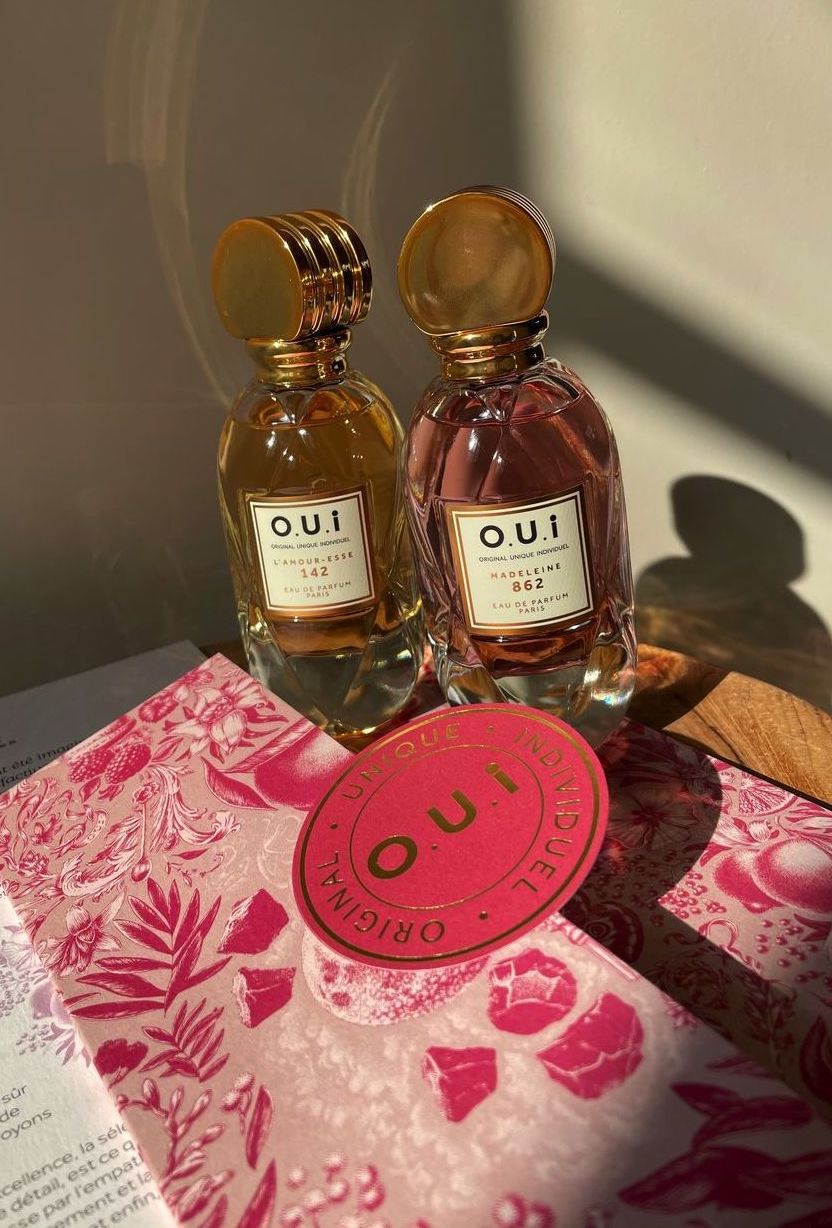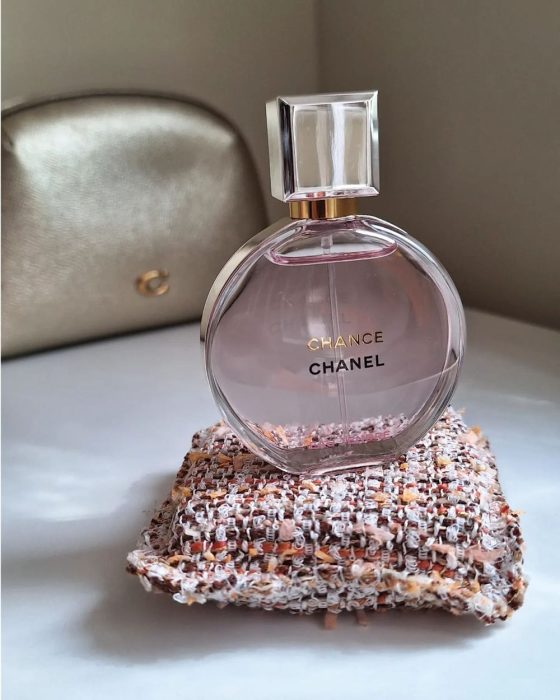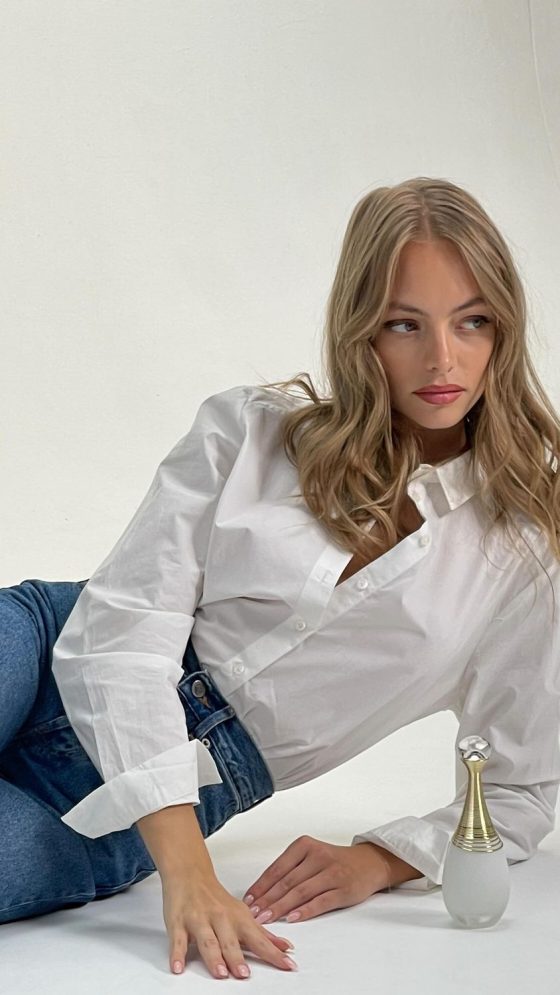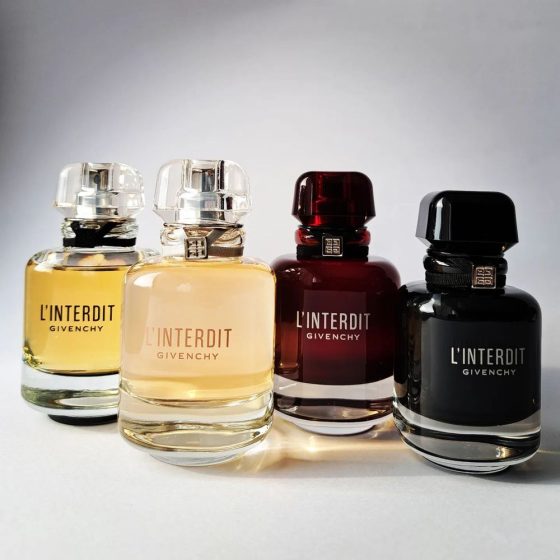Bonjour! Today I want to talk about something very important in the world of fragrance – fragrance notes! As you know, here in France we take our perfume very seriously here. Places like Grasse are famous for a reason!
What Fragrance Really Is
When you smell a fragrance, you are actually smelling a blend of different scent ingredients called fragrance notes. The top notes are what you smell instantly when spraying perfume, the middle or heart notes emerge next, and the base notes are what lingers beind the top and middle notes. Fragrance notes work together to create the overall scent profile.
Some popular fragrance note families include floral notes like rose, jasmine, and violet; fresh notes like citrus and green accords; oriental notes like vanilla, amber, and spice; woody notes like sandalwood and cedar; and fruity notes. The possibilities are endless! A perfume typically contains 20-60 ingredients to create its unique fragrance.
Isn’t it fascinating how master perfumers compose fragrances like music, carefully crafting accords using top, middle and base notes? As an American living in France, I have learned so much about the art and history of perfume, and I want to share my knowledge with you!
I’ll explain more about fragrance notes so you can learn how to identify them and choose perfumes based on the notes you love.
What are Top Notes?
Top notes are the light, volatile notes that you smell immediately when you first spray a perfume. They are like the opening of a fragrance composition and are usually citrusy, green, or fruity notes. Top notes evaporate quickly, usually within 10-30 minutes of application. Their ephemeral nature gives a fragrance its first impression.
Some common top note ingredients include:
- Citrus oils like bergamot, lemon, mandarin, grapefruit
- Green, herbal notes like basil, thyme, mint
- Fruity notes like apple, peach, strawberry
- Floral notes like neroli and lavender
Top notes create that initial freshness when you first spray perfume. They provide a burst of scent that grabs your attention before fading into the heart notes. Master perfumers carefully craft top notes to give a fragrance its unique opening. So the next time you spray on perfume, pay close attention to those delightful top notes!
What are Middle or Heart Notes?
The heart or middle notes form the true heart and soul of a fragrance. These notes emerge after the top notes fade, usually 10-30 minutes after application. Heart notes last longer than top notes, sticking around for several hours. They reveal the true character and personality of a perfume.
Some popular middle note ingredients include:
- Florals like rose, jasmine, ylang-ylang, and lily of the valley
- Spices like cinnamon, clove, cardamom
- Fruits like blackberry, plum, peach
- Woods like sandalwood, cedar, pine
- Oriental notes like vanilla, tonka bean, orange blossom
The heart notes interact with the top and base notes to create balance, depth and complexity. They express the essence of the fragrance. If top notes are a quick first impression, then heart notes are the memorable conversation that follows. When you take a moment to appreciate the heart of a fragrance, you’ll find nuances and subtleties that deepen the scent experience.
So next time you wear perfume, pay close attention after the first 10 minutes. The heart notes will reveal themselves like a fragrant flower blossoming on your skin. Enjoy their beautiful scent journey!
What are Base Notes?
The base notes are the rich, deep foundation of a fragrance – they anchor the scent and provide staying power. Base notes emerge after the top and middle notes have faded, usually 2-3 hours after application. They linger on skin and clothing for hours, even days sometimes!
Some common base note ingredients include:
- Woods like sandalwood, vetiver, cedarwood
- Musks for adding creaminess
- Heavy oriental notes like vanilla, amber, tonka bean
- Balsams like benzoin and Tolu
- Animal notes like civet, castoreum
- Resins and balsams like frankincense, myrrh, opoponax
The long-lasting base provides stability and depth to the fragrance. Base notes comingle with the lingering heart notes to create a full, round scent in the drydown. A perfume’s base is like the final chapter of a story – it’s what you remember after the experience is over.
Next time you wear a fragrance, be patient and wait for the base to unfold. The base notes tell you so much about the essence of the scent. Enjoy your perfume journey from fresh opening to sensual, lingering base!
How Do Notes Work Together in a Fragrance?
Fragrance notes work together seamlessly like instruments in an orchestra to create a beautiful symphony for the nose! Master perfumers carefully compose perfumes using top, middle, and base notes to tell a scent story from beginning to end.
The top notes are like the opening melody – bright, attention-grabbing, but fleeting. The heart notes become the main theme that dominates, revealing the true personality of the fragrance. Finally the base notes are the accompaniment that grounds the composition and carries it to a resonant finish.
Top, middle and base notes balance and contrast each other. For example, fresh citrus top notes add vibrancy before giving way to sweeter, warmer heart notes like florals and woods. In turn, the heart notes mingle with the sensual base notes like vanilla and musk.
Think of it like a fragrant journey – top notes introduce you to the perfume’s world, heart notes draw you in deeper, and base notes make you feel so comfortable, you don’t want to leave! Master perfumers seamlessly progress through chapters like an olfactory novel.
When wearing perfume, notice how the notes tell a story on your skin. You’ll gain a whole new appreciation for the artistry of fragrance creation. And you’ll understand why a good perfume is truly so much more than the sum of its parts!
How to Choose a Fragrance by Notes
Choosing a perfume based on fragrance notes is a great way to find a scent you’ll love! Here are some tips.
Make a list of your favorite note ingredients. This helps narrow your search. For example, if you love vanilla, jasmine and sandalwood, look for perfumes with those heart and base notes.
When testing, pay attention to how notes develop on your skin. Do the top notes match what you’d like the perfume to say at first sniff? Do the heart and base notes align with the feeling you want to evoke?
Look for accords rather than single notes. An “amber accord” contains notes like vanilla, benzoin, and tonka bean to create a warm, golden aroma. A “fruity floral” combines notes like bergamot, blackcurrant, jasmine and gardenia.
Strike a good balance. Too many competing notes smell muddled while a simpler fragrance might be boring. The best compositions contain enough complexity while maintaining harmony.
Consider note families. For example, if you know you like smoky scents, explore woody oriental perfumes with cade, incense and oud notes.
Choosing by notes takes some research and sampling. But once you find your perfect signature scent, you’ll know it was worth it. You’ll smell amazing in a fragrance you adore from top note to base!
Popular Top Notes in Women’s Perfumes
What are some popular top notes used in women’s perfumes? Here are some of the most popular top notes found in the best women’s perfumes:
- Citrus – Uplifting and bright scents like lemon, grapefruit, bergamot, mandarin orange
- Fruity – Juicy notes like apple, blackcurrant, peach, pear, strawberry
- Green – Fresh cut grass, green leaves, cucumber, violet leaf
- Aquatic – Cool, oceanic notes like sea spray, water lily, lotus flower
- Floral – Light florals like neroli, lavender, freesia, rosewood
- Herbal – Invigorating herbs like basil, thyme, mint, coriander
- Sparkling Aldehydes – Fizzy, effervescent scent molecules
These vibrant top notes create an initial burst of scent when you first spray the perfume. They provide an energetic opening and capture your attention right away. Many best-selling women’s fragrances use citrus, fruity and floral top notes to create a fresh, feminine and flirty first impression. The top notes quickly fade to reveal the heart and base, but they are crucial for introducing you to the perfume’s unique personality and story.
What base notes help make fragrances last longer?
Certain base notes have long-lasting properties that help perfumes endure on skin and surfaces for hours. Some of the most tenacious base notes include:
- Woody aromatics like sandalwood, cedarwood, vetiver, patchouli – These diffuse slowly and have a lingering drydown. Sandalwood especially helps anchor other notes.
- Animalics like civet, castoreum, hyrax, ambergris – These musky, sensual notes offer great tenacity. (Synthetic musks are often used today instead).
- Balsams like benzoin, Peru balsam, tolu balsam – These rich, warm resins persist on skin.
- Vanilla absolute – This base note is tenacious and mellows other sharp edges.
- Ambroxan – A synthetic ambergris that provides a clean muskiness.
- Iso E Super – A woody, creamy synthetic note that diffuses gradually.
- Frankincense oil – This heady resinoid clings to skin for a long time.
- Labdanum – This resin has a patent leather aroma that endures.
Look for these base notes if you want a perfume that will really last and evolve throughout the day. A skillful perfumer knows how to craft tenacious bases for excellent longevity.
Can you be allergic to certain fragrance notes?
Yes, Perfume allergy can occur with certain fragrance ingredients. It is important to be aware of your personal sensitivities when choosing a fragrance.
Some of the most common fragrance notes that provoke allergies include oakmoss, tree moss, jasmine absolute, rose, citrus oils, synthetic musks, coumarin, geranium oil, and eugenol. These ingredients, especially in high concentrations, can cause skin irritation, redness, itching, and contact dermatitis in those with perfume allergies.
If you suspect you may be allergic to particular notes, test fragrances on a small patch of skin first before applying all over. Look for “hypoallergenic” perfumes formulated with fewer sensitizing ingredients.
Avoid heavily scented products like perfumes, opting for lightly scented soaps or lotions instead. Also, consider perfumes with more natural ingredients versus synthetic chemicals.






